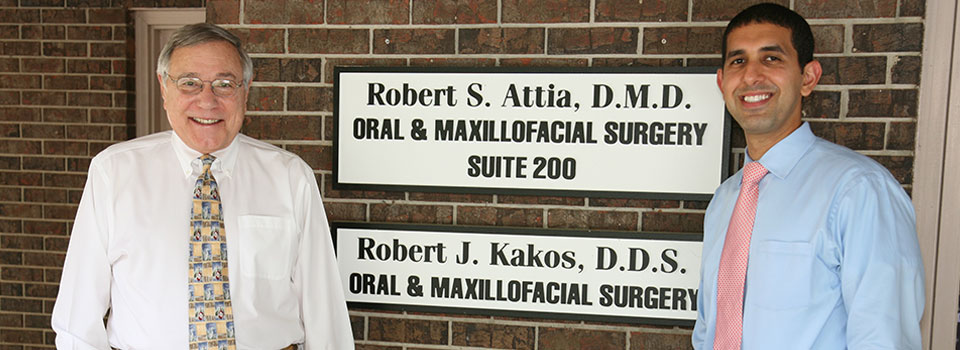
We offer an extensive list of services, some of which are included below. If you have questions about any of our treatment options, please give our friendly staff a call to see about scheduling an appointment so we can go over your specific treatment options in more detail. You can click on any of the topics listed below to learn more.
Impacted wisdom and cuspid (or canine) teeth are fairly common. To correct impacted teeth, there are a few treatment options. For impacted wisdom, the most common procedure is extraction. For impacted canine teeth, several treatment modalities are available. Treatment can involve orthodontics (braces) to allow open spaces for proper eruption, a visit to the oral surgeon to remove over retained primary (baby) teeth or to surgically expose the tooth and place an orthodontic bracket to help bring it down into proper alignment.
To treat TMJ disorders, first the cause has to be identified. In less severe cases, TMJ disorders can be treated with self-managed care (eating soft foods, using ice packs, avoiding extreme jaw movement) or nonsurgical treatments (anti-inflammatory medications, Botox injections, stabilization splints). In severe cases, surgical treatments (jaw joint replacements) may be necessary.
TMJ conditions fall into three main categories:
- Myofascial pain which involves discomfort or pain in the muscles that control jaw function.
- Internal derangement of the joint that can mean a displaced disc, dislocated jaw, or injury to the condyle.
- Arthritis which is degenerative inflammatory disorder.
Orthognathic surgery can involve surgical procedures such as an osteotomy (bone cutting), bone grafts, or distraction osteogenesis (stretching of the bone) and orthodontic (braces) care. Orthognathic correction is conducted in stages, and the course of treatment can last a few months up to one year or more.
In order to perform the procedure successfully, the jawbones will be repositioned in accordance with one’s specific needs. Inconspicuous incisions are usually made inside, and if needed, outside the mouth to allow for surgical plates, screws, wires and rubber bands to be used to hold your jaws in their new positions.